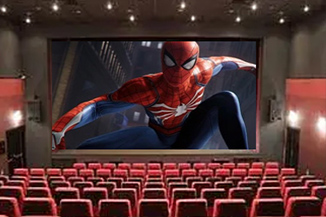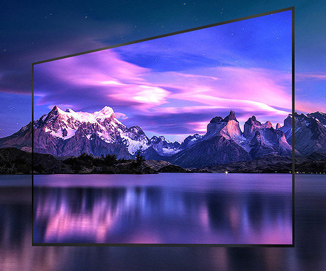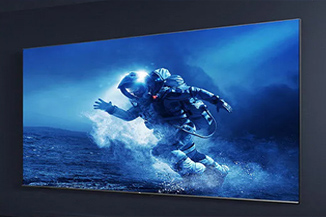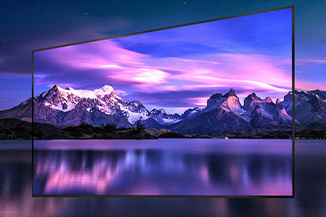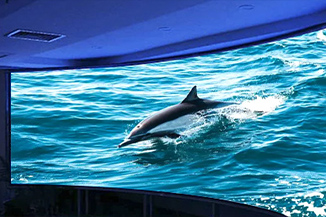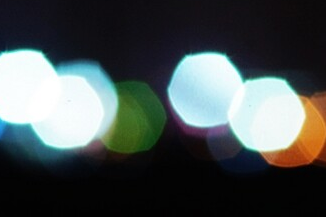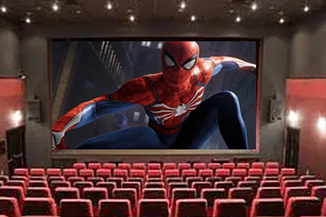Publisher: Supplier of LED Display Time: 2022-09-23 14:35 Views: 1579
When designing large-screen display systems such as indoor full-color LED displays (especially indoor LED display systems), users will focus on the point spacing! why? Today, the editor of LCF will take you to discuss the concept of pixel pitch of indoor full-color LED display!
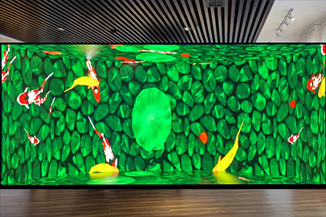
1. Basic Concepts
Pixels:
Pixel is the smallest light-emitting unit of the LED display, which has the same meaning as the pixel in the ordinary computer monitor.
What is the point spacing (pixel spacing)?
The center distance between two adjacent pixels. The smaller the distance, the shorter the visible distance.
People in the industry usually abbreviated P to represent the point spacing. If it is an LED display, you can roughly take the length of the display part of the display and remove it by the number of horizontal pixels to get the approximate pixel spacing. Similarly, the height is removed by the number of vertical pixels. also get this value.
Resolution angle:
The so-called resolution angle refers to the minimum angle formed between the observation point (ie the eye) and the two points to be measured. It is represented by θ. The smaller the θ, the higher the resolution. The so-called visual acuity angle refers to the minimum angle formed between the observation point (ie the eye) and the two points to be measured. It is represented by θ. The smaller the θ, the higher the resolution.
Human eye resolution:
The reciprocal of the viewing angle θ (resolution angle) of the two nearest adjacent points that the human eye can distinguish between the observed scene (image) is called the human eye's resolving power.
The size of the resolution is usually represented by the reciprocal of the resolution angle θ, that is, the resolution = 1/θ.
When θ is smaller, the resolution is higher.
It can be known from the figure that:
Tgθ / 2=(d/2)/L=d/2L (Because θ is small, so Tgθ /2 ≈ θ /2 )
The normal human subjective resolution angle is 1 arc minute, so θ=d/L (radian)=3438/L minutes.
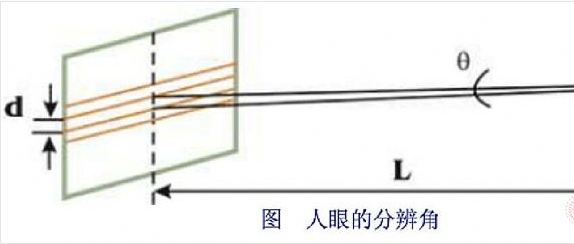
2. Viewing distance and point spacing
In this way, the value of d at different distances can be calculated. At this time, the value of d is that the human eye can no longer distinguish the distance between pixels when the distance is L, that is, the luminous graininess does not exist.
When L takes different values, the following table can be calculated.

3. Apple's Retina screen concept
Pixel Density (PPI):
Pixels Per Inch means the number of pixels per inch of the display. When Uncle Qiao promoted Apple's iPhone 4, he proposed the concept of a Retina screen, which is very important for display technology.
It directly determines the minimum resolution, or the minimum pixel density, that the screen should have. For devices that meet the minimum pixel density, we call it a Retina screen.
What is the pixel density and pixel pitch of the iPhone 4? What is the suitable viewing distance? Uncle Qiao proposed a suitable distance of 250mm. Serena found a screen PPI calculator on the Internet. URL: https://tool.520101.com/changyong/ppi/
Through this calculator we can enter the resolution and diagonal size of the iPhone 4, and we can calculate its PPI and pixel pitch.
The pixel pitch of iPhone 4 is about 0.077mm, and it can meet the minimum pixel density viewing requirements when used at 250mm;
The same 27-inch iMAC Retina screen has a pixel pitch of about 0.116mm. If it is used outside 400mm, the human eye cannot distinguish the pixel matrix, so it will have a better viewing experience (the distance can be adjusted appropriately according to usage habits).
4. Conclusion and discussion
Based on the above discussion, we can draw the following table.
According to the above table, when choosing an indoor small-pitch LED display system, do you have a rough idea?
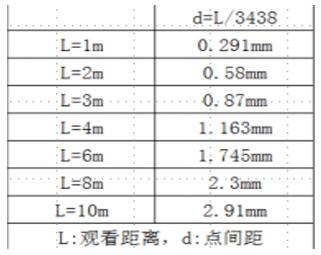
When the viewing distance is the nearest 3 meters, choose a display screen below 0.87mm;
When the viewing distance is the nearest 6 meters, choose a display screen below 1.745mm.
This is the minimum point spacing requirement recommended by LCF Xiaobian.
Why is the lowest, because when we design an LED display system, we must also consider the display area, display viewing angle and the resolution, brightness, color depth requirements to be achieved by the system application, and of course the price.
Source: Projection Times
